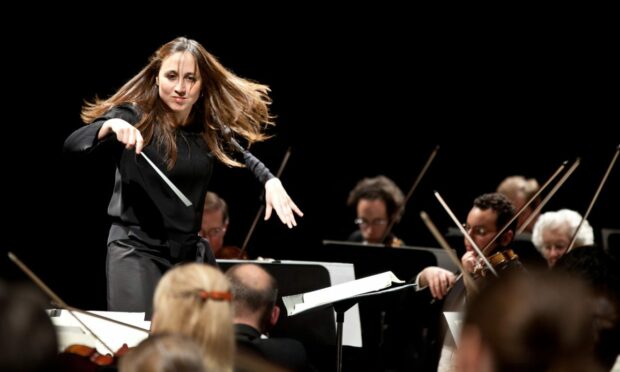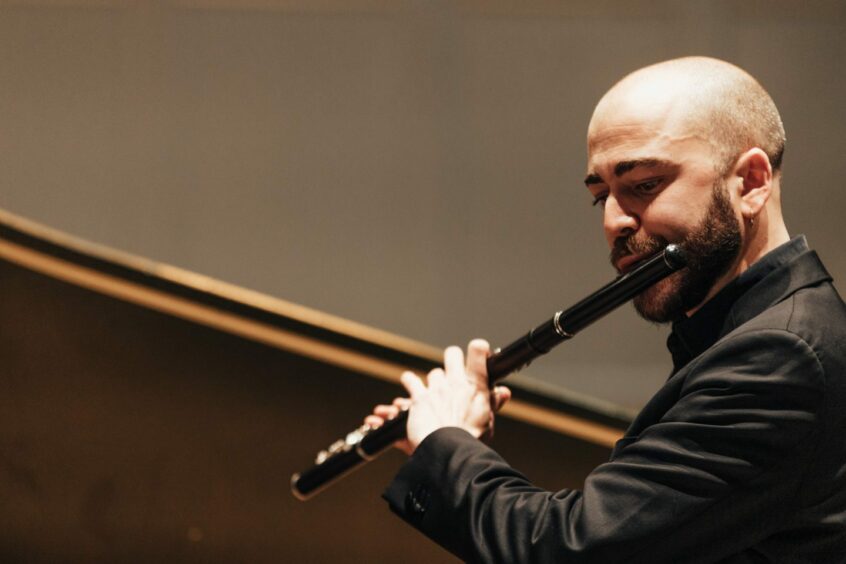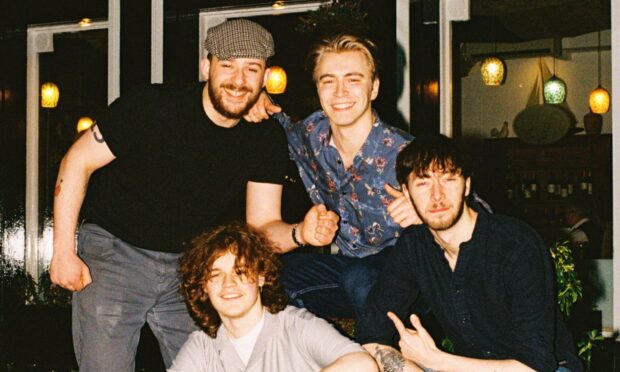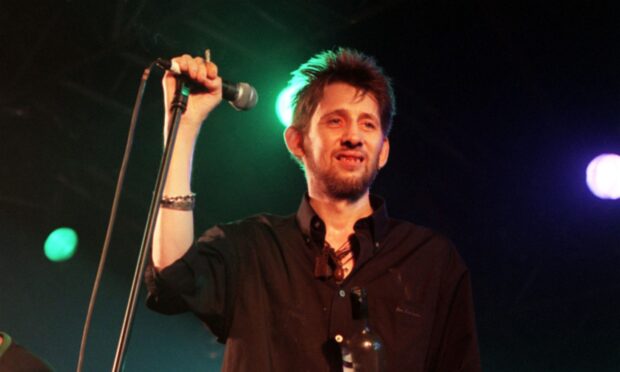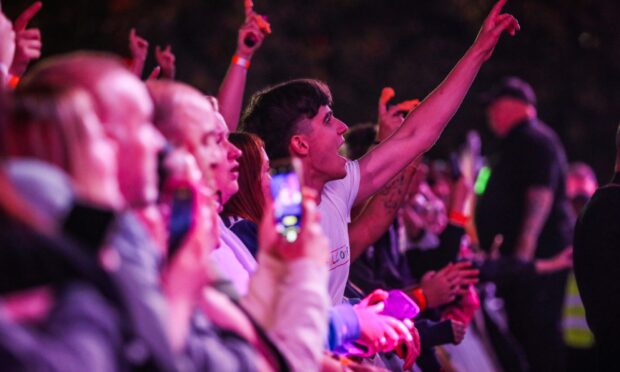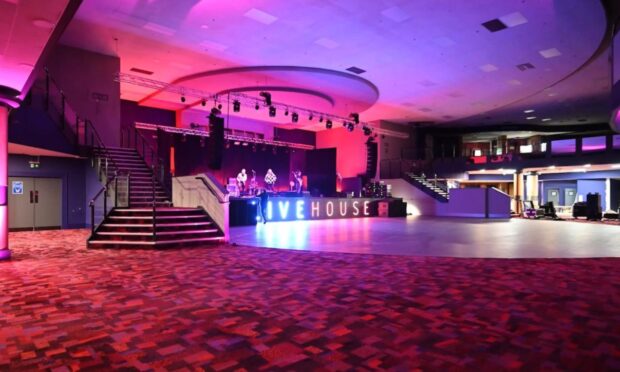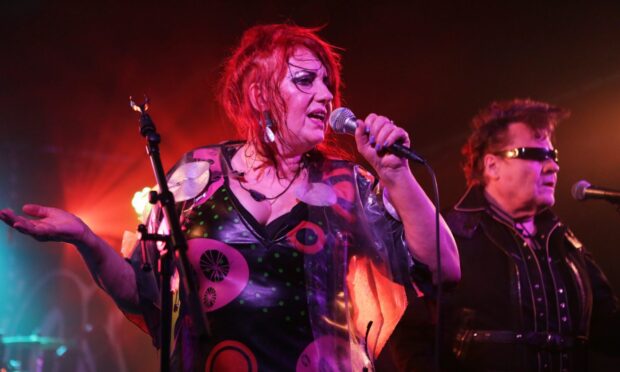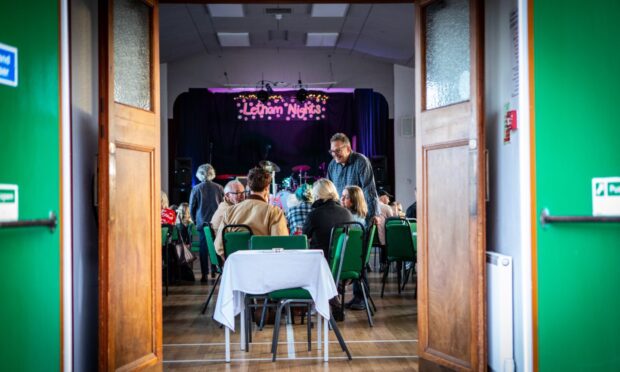It’s always nice to hear a composer in a different guise, and that’s exactly what the Scottish Chamber Orchestra served up in Wednesday’s concert in St Andrews’ Younger Hall.
Mozart, the composer of ballet music. Of all his wonderful operas, Idomeneo stands out for its balletic mix of classic 18th Century dance.
However, the SCO also provided us with the Mozart we are more familiar with, with his D major flute concerto.
Add Stravinsky’s Danses Concertantes and the dance theme is extended.
Debussy’s Children’s Corner has no real balletic or dance connotations, but it completed the orchestral foursome to some effect.
The ballet music
Let’s start with the dance content in what was another exemplary performance from the SCO.
Comparing Mozart in 1781 to Stravinsky in 1941 is akin to chalk and cheese, but there was more than just the 160 years gap and total differences of style.
Mozart’s ballet music was in the French style, avec Chaconne, Annonce etc. It was melodic, had grandeur and substance and followed a tried and trusted format.
Stravinsky? Well, his five-movement work cried out for a definitive substance, something you could adhere to.
It seemed as if it was a throwaway work which even the composer deemed unworthy.
I think if he had applied the same concentration, not condensation, like those of his marvellous ballet scores like The Firebird it would have been a different story.
It was far too fragmented, albeit with some unusual rhythmic passages, but it still left a lot to be desired especially comparing it with Mozart.
Greatest pleasures
I loved the Idomeneo music and found, once again, that Mozart in the hands of the SCO is one of music’s greatest pleasures.
Equally good, if not even better, was the flute concerto. It was Mozart at his most approachable self, with an opening movement that brimmed with light-hearted joie de vivre.
The second movement – well have you ever heard one from the great man that didn’t scream serenity?
The final rondo – I loved the moments of intended hesitancy – fairly skipped along.
The main reason for a memorable performance was soloist Andre Cebrian.
It was good to see him emerge from his role within the orchestra and seeing him front of stage, giving the audience a chance to sample his amazing technique, fluent phrasing and overall virtuosic brilliance at close quarters.
If you wanted a definitive performance of this work, there it was.
Subtlety and finesse
Debussy comes last but certainly not least. His six impressionistic pen-pictures of his daughter’s toys and activities are quite charming.
Nothing “meaty” to get the orchestra’s teeth into but they still require subtlety and finesse, both of which the orchestra have in spades.
The final Cake-Walk was in true music-hall spirit, a jazzy toe-tapping movement that screamed “fun” from the opening bar.
All in all, an excellent night with the SCO, and had conductor Joana Carneiro cut down on her over-exuberant direction – she was almost dancing at one point – there would have been nothing to detract from the performance.
